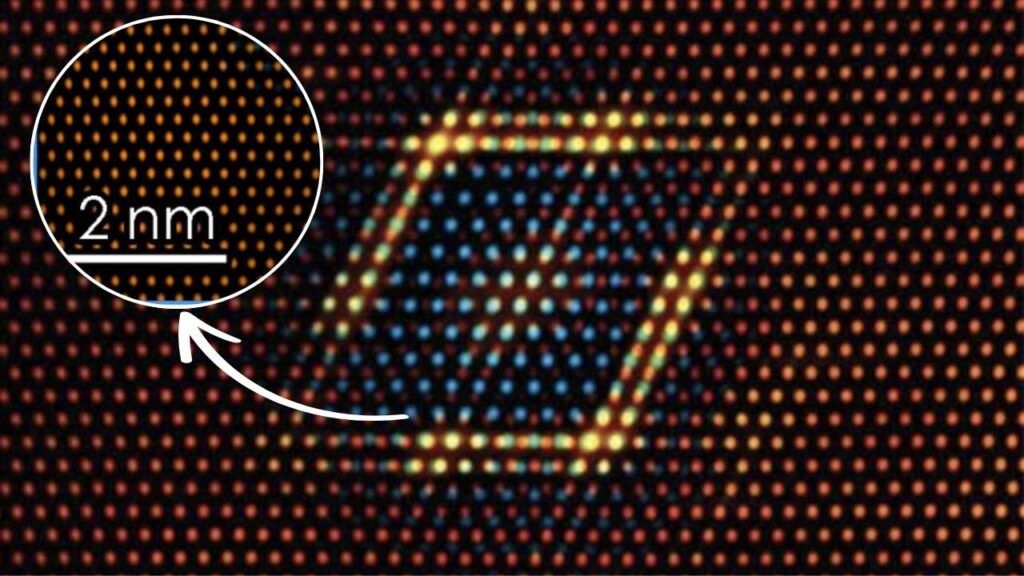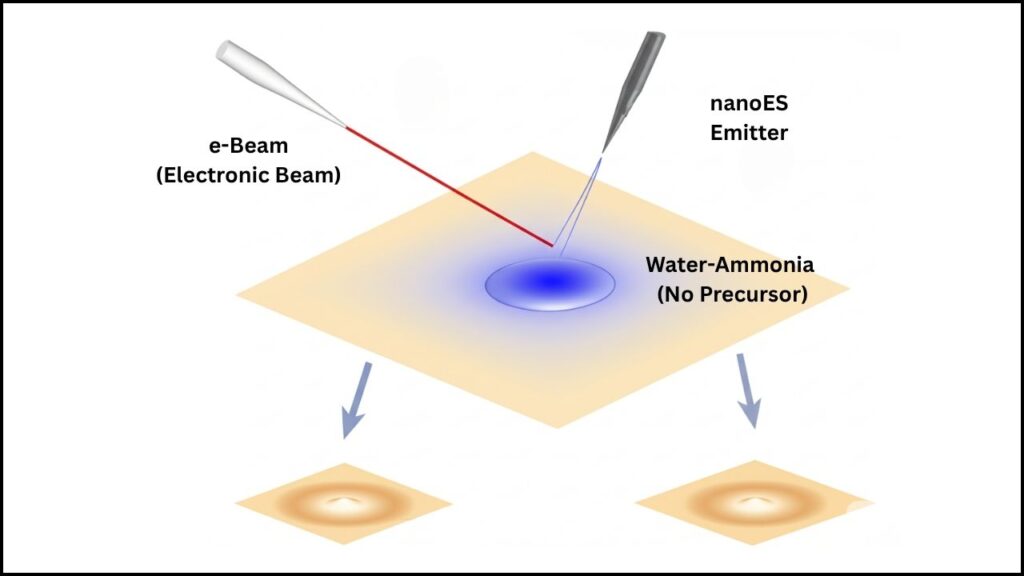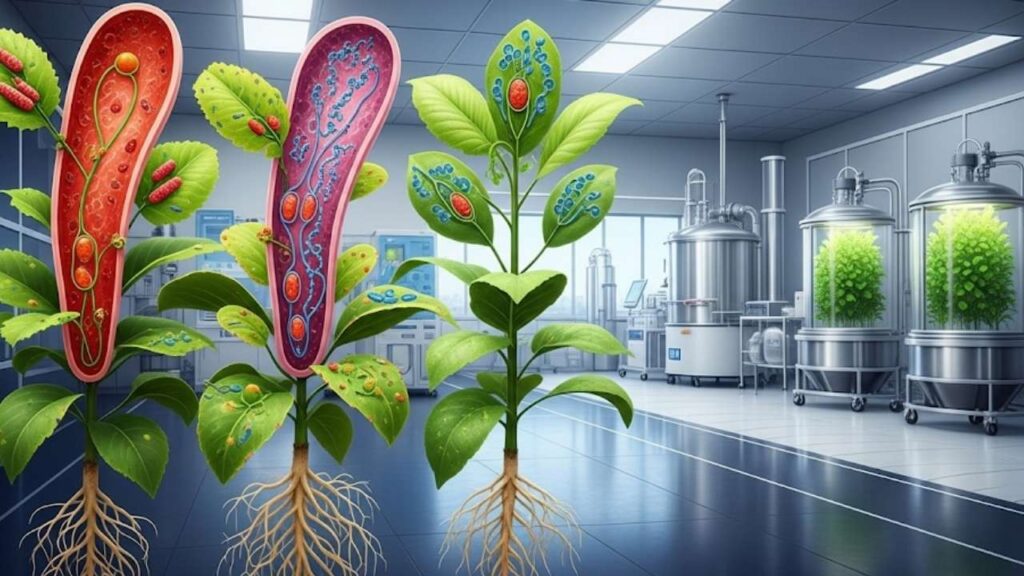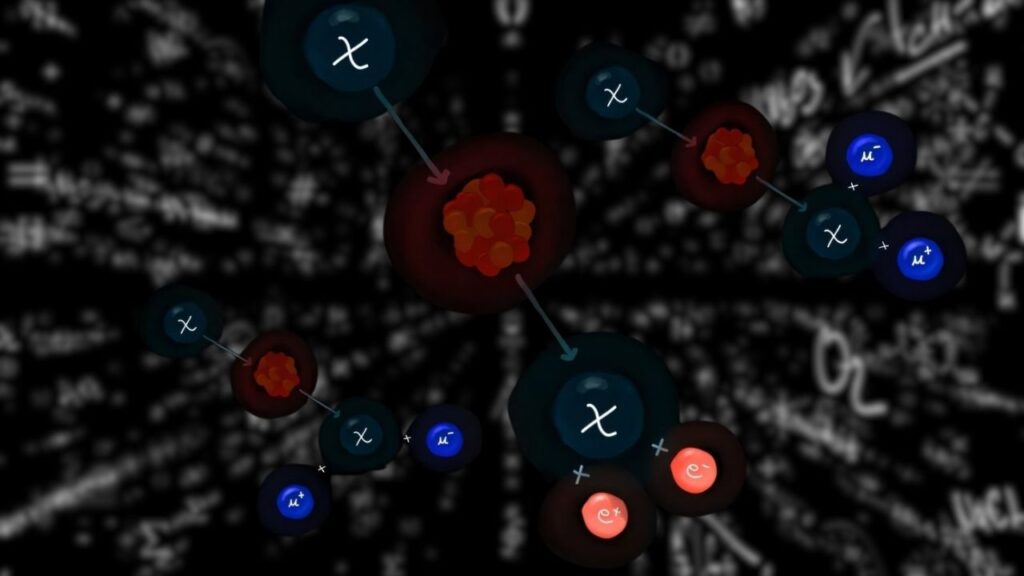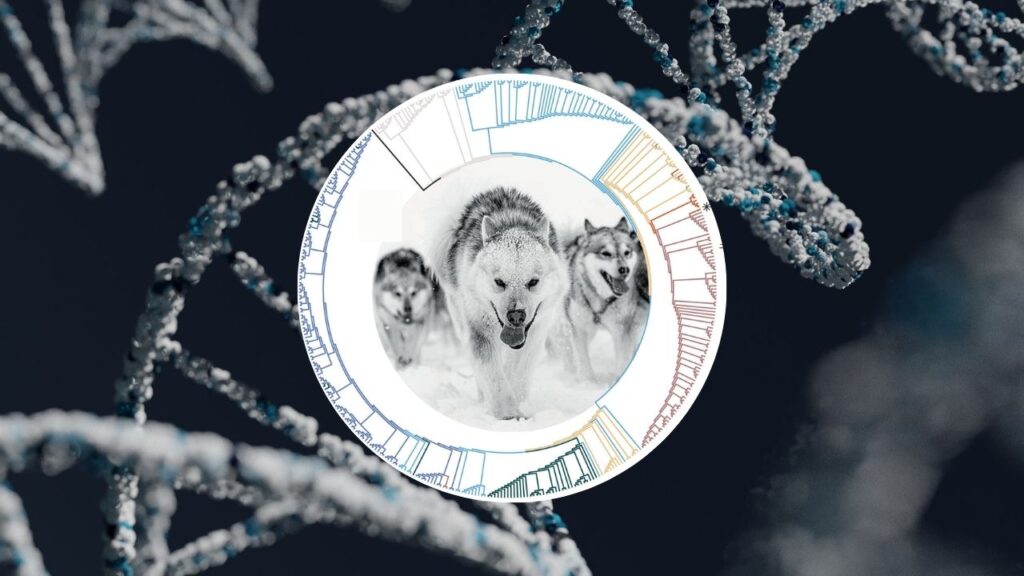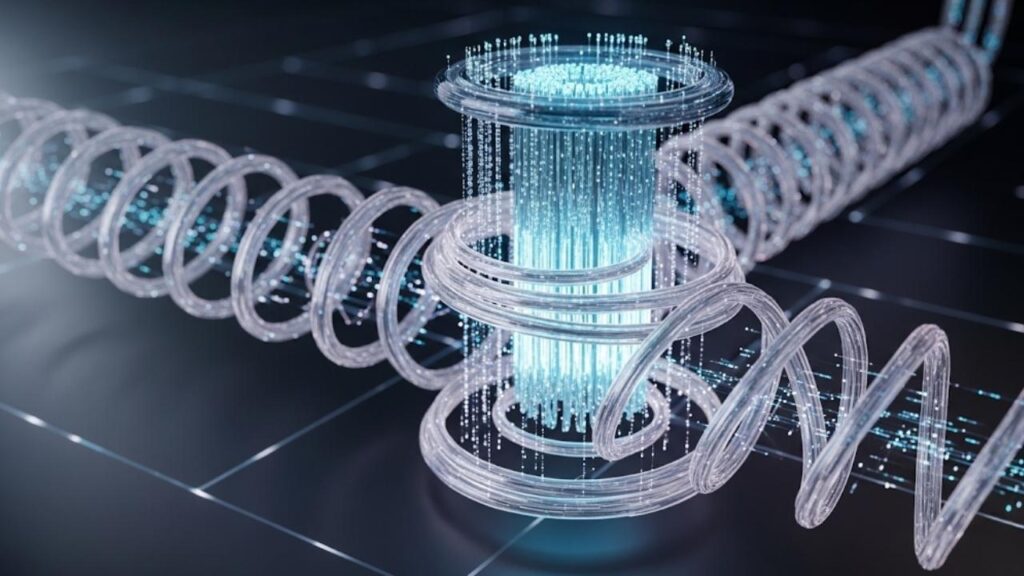Imagine a world where microscopic robots, built from the very stuff of life, deliver medicines directly to diseased cells, repair damaged tissues, or even build new materials atom by atom. This is no longer science fiction. Scientists are now engineering DNA into tiny, programmable machines—fundamentally changing what’s possible in medicine, computing, and materials science. This isn’t just about manipulating genes; it’s about using DNA’s unique properties to create nanoscale devices that can move, make decisions, and build things with atomic precision.
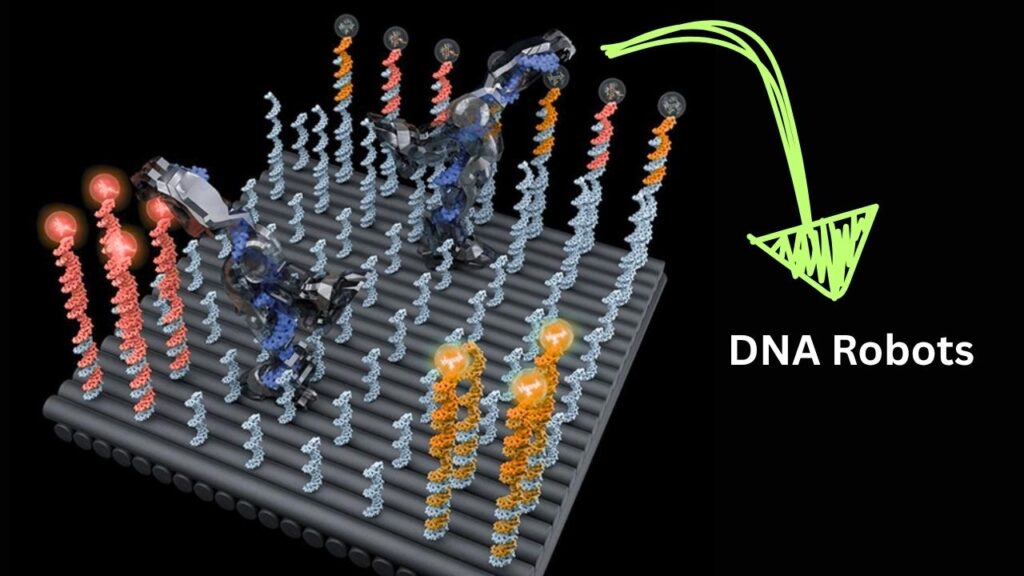
DNA machines—sometimes called DNA robots or molecular machines—are the next frontier in synthetic biology and nanotechnology. At their core, these devices are made from DNA molecules that have been carefully designed to fold and assemble into specific shapes and mechanisms. Unlike silicon-based computers or metal robots, DNA machines operate in water, at room temperature, and at scales thousands of times smaller than a human hair. And because DNA is information-carrying by nature, these machines can be instructed and reprogrammed as simply as writing a script for a computer. This is a paradigm shift—engineering with molecules directly, just as we now program computers and 3D printers.
Table of Contents
Breakthrough in DNA Machines
| Topic | Key Data & Facts | Career/Professional Impact |
|---|---|---|
| DNA Nanostructures | DNA origami: 100+ DNA strand types can self-assemble into complex 3D shapes; used for sensors, logic circuits, drug carriers | Growth in nanotech, biomedical engineering, materials science |
| Medical Applications | Prototype DNA robots tested for targeted drug delivery (cancer, immune diseases); DNA-based biosensors in clinical use | Boom in biotech startups, diagnostics, precision medicine |
| Electronics | DNA scaffolds position nanoparticles with 1-10 nanometer precision; potential for next-gen chip manufacturing, quantum devices | Demand for nanofabrication engineers, molecular electronics R&D |
| Materials Science | DNA-programmable colloids enable self-healing, adaptive materials; smart surfaces for catalysis, filtration, sensing | Careers in sustainable materials, environmental tech |
| Challenges | Scalability, stability, and ethical frameworks still under development; FDA approval for DNA nanotech devices in progress | Need for interdisciplinary experts, safety regulators |
The story of DNA machines is a window into the future of programmable matter and molecular robotics. From repairing cells to building new materials, these devices promise to reshape technology—not by making things faster or smaller, but by bringing the logic and creativity of engineering down to the molecular scale.
For professionals, this is a field full of opportunity and discovery—crossing the boundaries of biology, engineering, and computer science. For the public, it’s a reminder that science is only just beginning to unlock the potential of DNA, not just as the code of life, but as the building block for a new kind of technology.
Why DNA Machines Matter: From Blueprint to Builder
DNA is most famous as the code of life—but it’s also, in a sense, nature’s finest Lego brick. Inside your cells, DNA isn’t just a passive data-storage molecule. It’s constantly being unpacked, read, copied, and repackaged by a dizzying array of molecular machines—proteins that act as motors, scissors, staplers, and conveyors. These natural nanobots are what make life possible at the cellular level: helicases unzip DNA for copying, polymerases read and write DNA, and cohesins (proteins like SMC) twist, loop, and organize chromosomes to regulate genes.
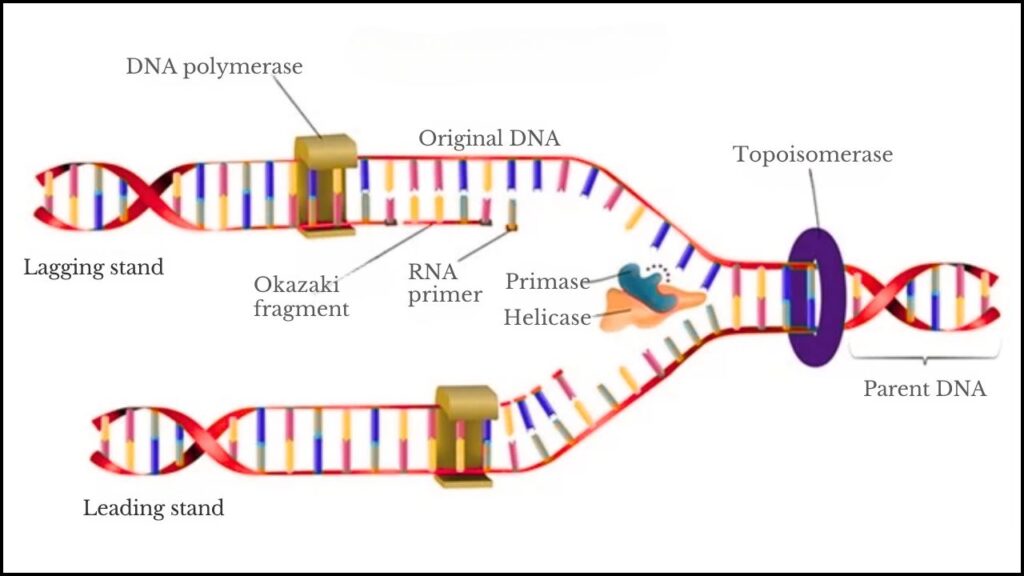
What’s new is that scientists can now use these principles not just to understand life, but to create new kinds of machines. By learning how nature builds molecular devices, researchers have designed synthetic DNA machines that don’t just copy or repair DNA—but can carry out entirely new tasks, like detecting cancer, assembling new materials, or even solving mathematical problems in test tubes.
How DNA Machines Work: A Step-by-Step, Expert Guide
1. The Building Blocks of DNA Machinery
At the heart of DNA machines are the principles of DNA base pairing (A-T, G-C). This predictable chemistry allows scientists to “program” DNA strands to fold into almost any shape imaginable—a technique called DNA origami. By mixing hundreds of synthetic DNA strands in a test tube, molecular structures self-assemble like a puzzle, guided by the rules written into their sequences.
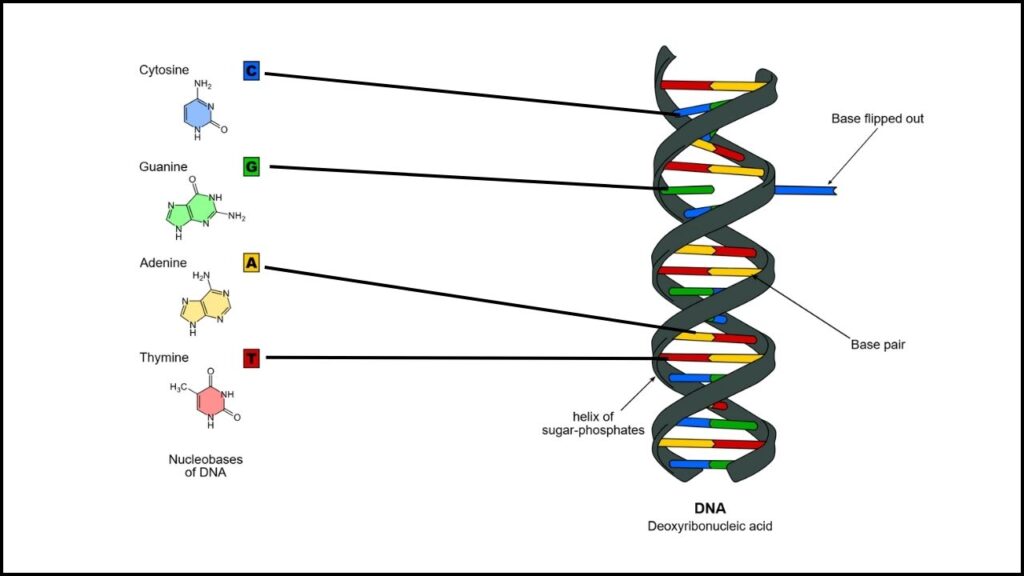
Example:
Scientists at Caltech, New York University, and other leading labs have built DNA robots that walk along tracks, open and close shapes like a box, and even sort molecules by color—all using DNA’s natural “sticky ends” and programmable folding.
Why does this matter?
Unlike traditional manufacturing—where engineers carve, drill, or etch materials top-down—DNA machines assemble themselves from the bottom up, molecule by molecule. This means factories could one day produce complex nanoscale devices in parallel, simply by mixing ingredients in a flask.
2. DNA Origami: Folding at the Nanoscale
DNA origami is the most famous technique for building DNA machines. It involves a long “scaffold” strand and many shorter “staple” strands. The staples act like instructions, telling the scaffold where to bend and fold. Because DNA always bonds in predictable ways, this process is highly reliable and precise—often accurate down to the atomic level.
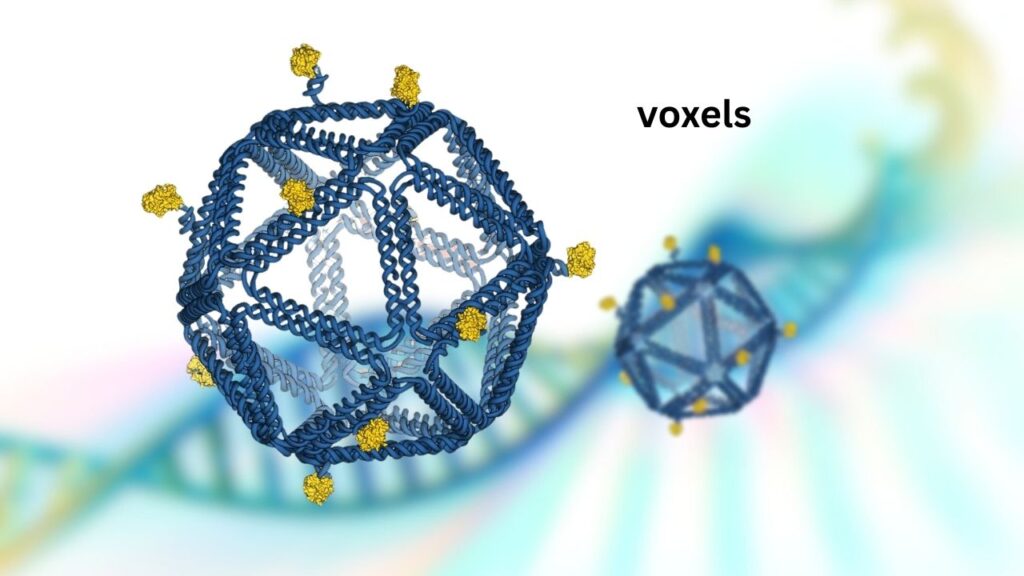
Practical applications:
- Drug delivery: DNA origami structures can “carry” drugs inside the body and release them only at the right place and time.
- Sensors: DNA origami can be designed to change shape when it detects a specific molecule—acting as a nanoscale switch or alarm.
- Computing: By arranging molecules on a DNA scaffold, researchers have built molecular logic gates—the basic units of computation—entirely from DNA.
Case study:
In 2020, scientists demonstrated DNA origami robots that could seek out and destroy cancer cells in mice, guided by molecular “signposts” on the cells themselves. While this is still in early research, it shows the potential for precision medicine at the nanoscale.
3. Molecular Motors: Life’s Gearshift Gets a Synthetic Upgrade
Nature’s DNA machines—like helicases, SMC proteins, and others—are already sophisticated devices. They don’t just move in straight lines; they twist, loop, and even reverse direction, much like a microscopic gearbox.
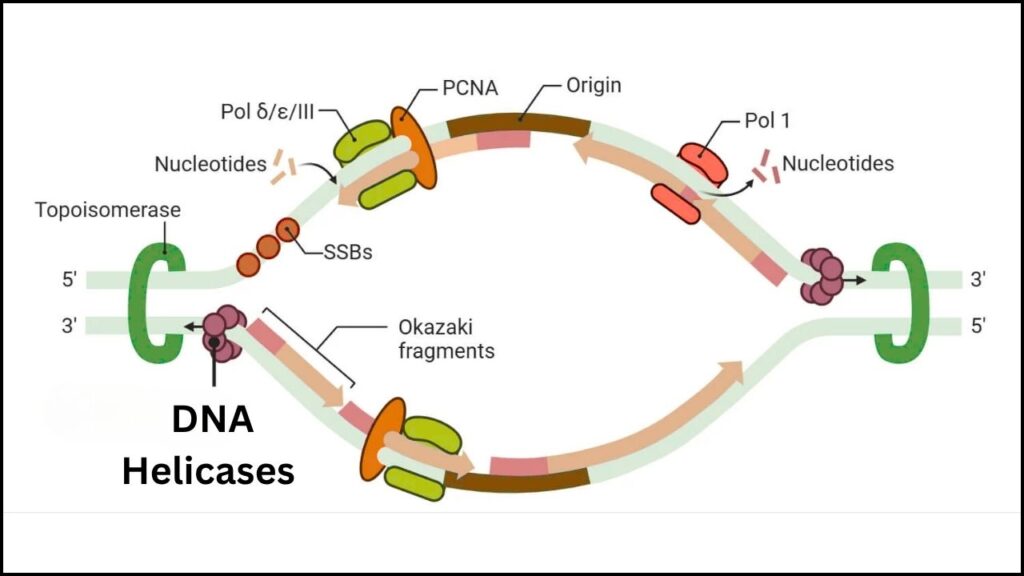
How do scientists mimic this?
By studying and borrowing from these natural machines, researchers have begun engineering synthetic DNA motors that can walk, rotate, and even sort molecules. These motors are often driven by chemical energy (like ATP, the energy currency of cells), but some use electricity or light as power sources.
Professional insight:
The ability to control motion at the molecular scale opens up opportunities for programmable matter—materials that change shape, texture, or function on demand. For example, a surface could become sticky or slippery, a sensor could “turn on” only in the presence of a pollutant, or a drug carrier could release its payload only in a tumor.
4. DNA Machines in Medicine: From Lab to Clinic
Targeted drug delivery is one of the most promising applications. Traditional chemotherapy, for example, attacks all rapidly dividing cells—causing side effects like hair loss and nausea. DNA machines, by contrast, can be designed to recognize and target cancer cells specifically, delivering drugs only where needed.
Real-world progress:
Several research groups are testing DNA-based delivery systems for cancer, autoimmune diseases, and infections. These are not yet standard treatments, but early results show promise for higher efficacy and fewer side effects than conventional drugs.
Diagnostics is another area of rapid growth. DNA machines can detect biomarkers—molecules that signal disease—with extraordinary sensitivity. Some prototypes can identify a single molecule in a drop of blood, far surpassing conventional lab tests.
Tissue engineering is also being explored. DNA scaffolds could guide stem cells or growth factors to repair damaged organs, offering hope for conditions like heart disease, spinal cord injuries, or diabetes.
5. DNA Machines in Electronics and Materials Science
Nanoelectronics:
Silicon-based electronics are hitting fundamental physical limits. DNA machines offer a way forward: they can position carbon nanotubes, quantum dots, or other nanomaterials with atomic-scale precision, enabling faster, smaller, and more energy-efficient devices.
Example:
A team at IBM Research demonstrated using DNA origami to guide the assembly of microscopic circuits, potentially leading to a new generation of molecular electronics.
Smart materials:
DNA machines can make materials that respond to their environment—for example, a fabric that changes insulation properties when it’s cold, or a building material that repairs its own cracks.
Environmental sensors:
DNA-based sensors could detect pollutants, pathogens, or toxins in real time, with applications in agriculture, water safety, and public health.
6. Careers in DNA Nanotechnology
This field is booming, with opportunities for biologists, chemists, materials scientists, engineers, and computer scientists. Here are some realistic career paths:
- Research Scientist: Leading lab projects on DNA origami, synthetic motors, or nanomedicine.
- Biotech Engineer: Designing and testing DNA-based devices for medical or industrial use.
- Materials Designer: Developing smart materials using DNA scaffolds and programmable colloids.
- Policy/Regulatory Specialist: Ensuring safe and ethical development of DNA nanotech.
Professionals:
To get started, build a strong foundation in molecular biology, chemistry, or engineering. Many universities now offer specialized courses in nanotechnology and synthetic biology. Hands-on lab experience—especially in DNA synthesis, microscopy, and bioinformatics—is invaluable.
Scientists Use DNA as a Building Block to Create Customized 3D Materials with Unique Properties
Sea Spiders Store Organs in Their Legs, and DNA Is Helping Scientists Understand Why
Ancient DNA From Sled Dogs Offers New Clues About Human Migration History
FAQs About Breakthrough in DNA Machines
Q: Are DNA machines safe for use in the human body?
A: DNA-based devices are made from materials naturally found in our cells. While early tests in animals and cells are promising, rigorous human trials are still needed. All new medical technologies must pass strict safety reviews before they can be used clinically.
Q: How do DNA machines differ from CRISPR or gene editing?
A: Gene editing (like CRISPR) changes DNA’s code—altering genetic information. DNA machines use DNA as a construction material—building devices that can move, sense, or compute at the molecular scale. They do not usually change genes.
Q: What are the major scientific challenges facing DNA nanotechnology?
A: Scalability, stability, and real-world integration are the biggest hurdles. Researchers are working on making DNA machines that can function outside the lab, withstand heat, and be manufactured in large quantities.
Q: How can someone start a career in DNA nanotechnology?
A: Study molecular biology, chemistry, bioengineering, or materials science. Internships in academic or industry labs, especially those focusing on nanoparticles, synthetic biology, or nanotech, are highly recommended.
Q: Will DNA machines replace silicon computers or metal robots?
A: Not in the foreseeable future. DNA nanotech is likely to complement—not replace—existing technology. Its strengths are in ultra-precise assembly, biomedicine, and sensing, while traditional electronics and robotics are superior for speed, power, and robustness.
Challenges and Responsible Innovation
Despite the excitement, DNA nanotechnology is still young. Real-world implementation faces several hurdles:
- Scalability: Manufacturing DNA devices in large, consistent batches is challenging and expensive.
- Stability: DNA is sensitive to heat, enzymes, and environmental factors. Making devices that work reliably outside controlled lab conditions is an active area of research.
- Ethics and Safety: As with any new technology, public trust and responsible regulation are essential. Scientists, policymakers, and the public must work together to ensure DNA machines are developed and used ethically—especially for medical and environmental applications.
Expert insight:
The field is maturing rapidly, with academic, government, and industry labs collaborating on standards, testing, and new materials. The goal is to move from lab curiosities to real-world solutions in medicine, computing, and materials.
